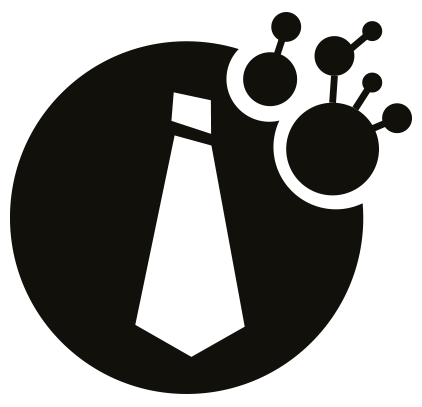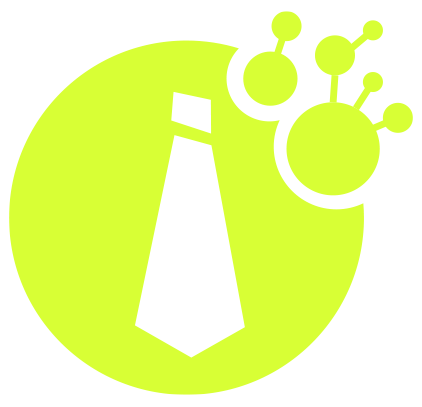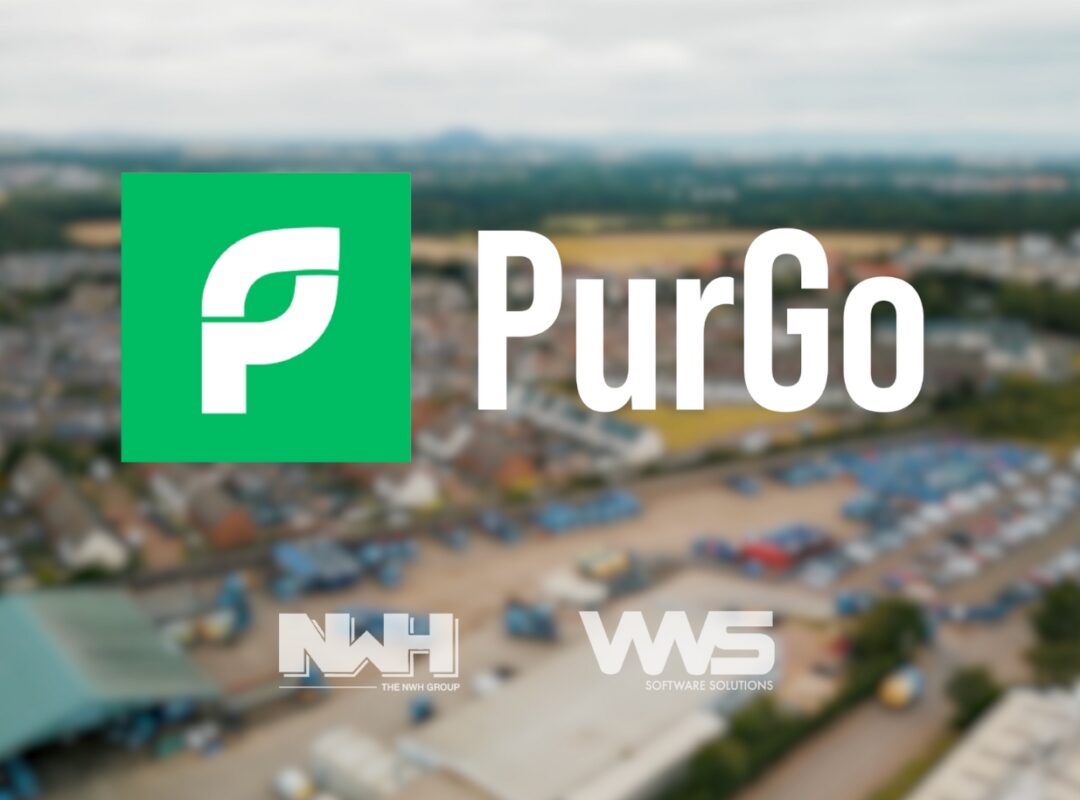We’ve just wrapped up an exciting series of motion-tracking informational videos for a Global Performance Improvement Specialist consultancy. The goal was to create educational and instructional content to introduce their new ‘P7 Way’ methodology. Our challenge? Taking static diagrams and models that explain the methodology and bringing them to life in a way that truly captivates the audience.
While we initially considered using whiteboard animated scribing—a tried-and-true technique—we knew the client was looking for something that pushed the boundaries of creativity even further. So, we introduced a fresh approach: a combination of filmed video with motion-tracked graphics.
Given that Project7 is all about delivering work instructions to groups, we aimed to replicate the experience of a P7 consultant presenting to a live audience. The result? A dynamic video format where a presenter appears to interact with diagrams and models that spring to life right before the viewer’s eyes.
We opted for motion tracking to seamlessly integrate the diagrams into the live-action footage. Motion tracking, a technique growing in popularity, allows for the insertion of digital content into filmed scenes during post-production. This approach is commonly used for screens in films and commercials, enabling complete creative control over what appears on screen.
By combining filmed footage of a Project7 consultant in “presentation mode” with motion-tracked diagrams and models, we created an immersive video experience that keeps the viewer engaged from start to finish. The challenge was ensuring the presenter’s hand movements perfectly aligned with the on-screen diagrams—no small feat when the presenter has to learn and perform these actions backwards to ensure they appear correctly to the audience.
After signing off on the storyboards, we dove into the complex task of choreographing the hand gestures needed to “draw” the diagrams in mid-air. Precision was key, as any mistake meant redoing the entire shoot—editing alone wouldn’t cut it.
Each gesture had to be perfectly timed with the script, adding another layer of complexity to the project.
Once filming was complete, we moved on to the motion tracking process. The first step involved tracking the motion by selecting high-contrast areas and defining tracking points. Given the fast hand movements, we faced challenges with motion blur, so much of the tracking had to be done manually. After defining the motion points and linking them to a NULL object (which serves as a reference point for everything that moves in sync with the motion), we created the models and diagrams.
The final step was rotoscoping. This process involves masking parts of the animation to ensure they appear correctly in relation to real-world elements, like a hand or object passing in front of the graphic. Without this, the entire illusion would fall apart.
After meticulously following each step and syncing the final video with the narration, we produced a series of videos that left our client thoroughly impressed. The end result? An engaging, visually stunning way to present complex and detailed information, making the ‘P7 Way’ methodology accessible and memorable for all viewers.




